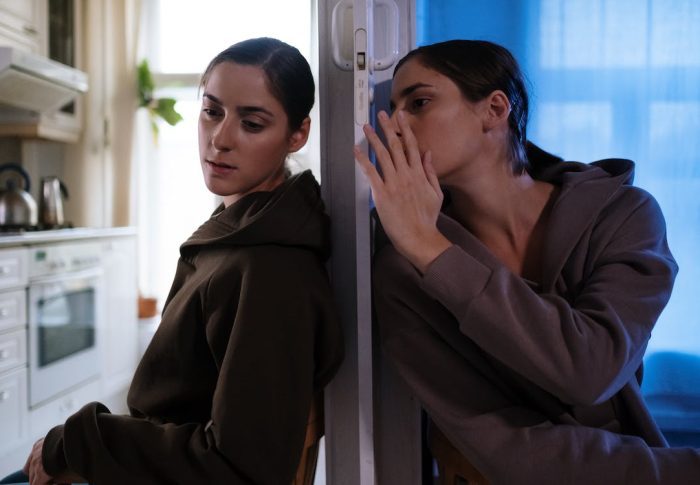
Therapy in a post-covid world
Imagine you’ve been seeing a therapist once a week to help manage a mental health condition, then the COVID-19 pandemic hits your country and you’re suddenly in lockdown. Everyone around you is concerned with whether they can buy enough toilet roll, work from home, arrange childcare or finish buying the supplies for their DIY project; while these things are important to you, you’re world has been turned upside down because the one place you felt completely safe was your therapist’s room and you have no idea when you’ll be able to return.
There are a number of issues to consider when thinking about delivering therapy remotely, it’s important to think about keeping everyone safe:
- Is the client’s space confidential? How comfortable do they feel? Might they be distracted/interrupted by other people/chores etc? This is particularly important for cases involving domestic abuse or relationship issues.
- There are a number of options—phone, text only or video conferencing all have pros and cons for client and counsellor. Security of the software is a consideration as well as how the clients data will be managed.
- It’s important to assess the psychological needs of the client, it may be inappropriate for certain people to engage remotely/virtually due to the type or severity of their problems—this needs to be handled sensitively.
For some agencies in March 2020 (when lockdown hit in the UK), their automatic reaction was shutdown, there was no way that they could function if they couldn’t meet their clients face-to-face. For their clients this could have hit them incredibly hard, they could have felt let down, even abandoned, past hurts may have been recreated. Of course, at ever point, risk assessments were carried out to try and meet the needs of the clients, check in calls were offered and referrals were made to ensure high risk clients could be supported by other services.
What are the pros and cons of virtual therapy and what does it really fell like?!
Not meeting a client face-to-face, obviously, a lot of the nuance is lost. Depending on whether the communication is on the phone, via video call or text based, you may lose body language, eye contact, facial expression or even intonation of voice. Experts say that 70-93% of language is non-verbal so you lose a lot when you’re not in the same room as the person you’re talking to.

But everyone has been struggling during this global pandemic and it’s been vital for people with mental health difficulties to get support. So many therapists and counsellors have stepped up and sought appropriate training. It’s important to take the following into consideration:
- From the client’s perspective, meeting in their home could feel invasive, or they may not be able to find a confidential space. However there could be benefits such as the client not having to commute. If, however, the client finds it difficult to wind down after a session, grounding exercises can be used.
- The therapist may continue to use their therapy room but if they use videoconferencing in their own home, they need to consider what’s in the background (books? photographs? things they wouldn’t usually choose to disclose?). If the therapist chooses to use a photograph to conceal the background, how does that look to the client? What are they hiding?
- It has been found that clients are less inhibited when remote from their counsellor, they will therefore find it easier to criticise the counsellor and will also talk about deeper issues more quickly than when they’re not face-to-face. The counsellor will need to be prepared for the former and it will be important to remember the client may feel vulnerable if the latter occurs.
- When using phone or text only medium, it’s harder to use silence as a therapeutic tool. If videoconferencing, breaking the silence with “has the screen frozen?” isn’t particularly therapeutic!
- Contracting needs to have additional consideration e.g. what happens if the technology fails? what do you do if there’s an interruption?
- Counsellors need to be aware of the blackhole effect. This is the impact that occurs when a client disappears and is not contactable (what to do if this happens will need to be in the contract). Although this can bring up difficult feelings when the relationship has been face-to-face, it has been found the clients are more likely to do it when the relationship is virtual and the feelings that surface in the counsellor can be difficult to manage if counsellor is unprepared or inexperienced.

I’ve wondered why it took such an extraordinary event, a global pandemic, to open up the world and ensure that people with disabilities could access work and services equally? It’s fantastic that remote counselling is now so widely used and so many more people are now able to access it but there’s a lot to consider.
It’s important that therapists and counsellors are confident in their abilities and fully trained as there are many differences between face-to-face and remote counselling. Since the world of counselling isn’t regulated, this is another layer that has required professionals and students to act responsibly with regards to our ethical framework.
If you’re looking for a counsellor, it’s more important than ever to ensure they belong to a regulate body, such as the UKCP or BACP and that they have suitable training if you’re going to meet with them remotely.





Comments